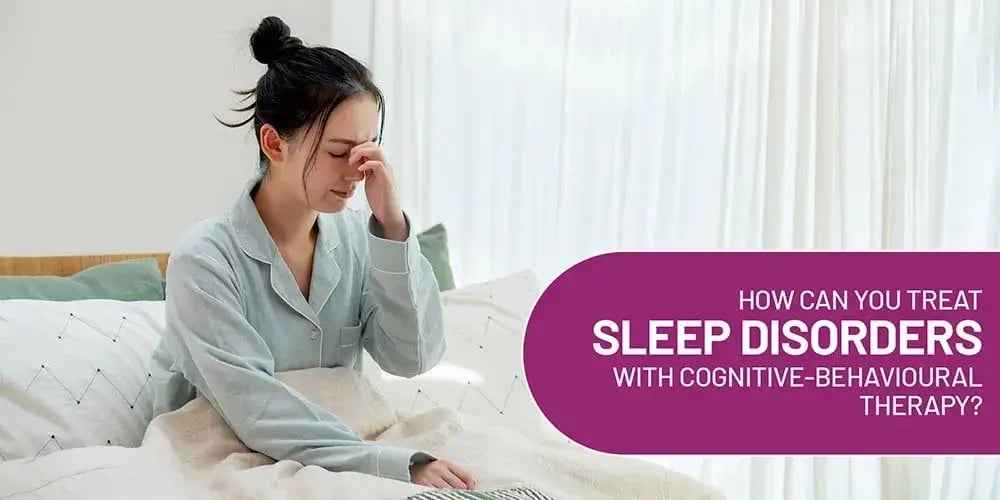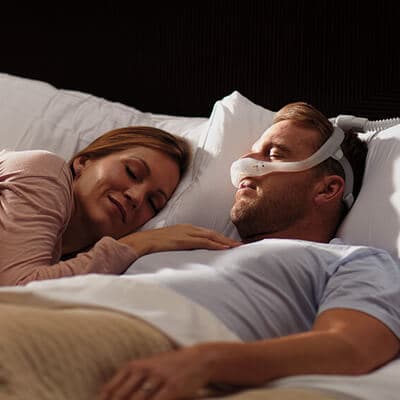Cognitive Behavioral Therapy for Insomnia (CBT-I) - Proven Approaches
Cognitive Behavioral Therapy for Insomnia (CBT-I) - Proven Approaches
Blog Article
Reliable Therapy Solutions for Taking Care Of Sleep Disorders and Enhancing Relaxing Sleep
In the realm of health care, the management of sleep disorders and the pursuit for relaxed rest are essential elements of overall wellness. As we navigate the detailed landscape of rest conditions and seek to boost our rest experience, a much deeper understanding of these treatment remedies may hold the trick to opening an extra rejuvenating and fulfilling corrective journey.
Cognitive Behavior Therapy for Insomnia (CBT-I)
Cognitive Behavior Modification for Sleep Problems (CBT-I) is an organized, evidence-based therapy strategy that concentrates on attending to the hidden factors contributing to sleep disruptions. This kind of treatment aims to modify behaviors and thoughts that intensify insomnia, ultimately promoting healthy rest patterns. CBT-I typically involves numerous vital parts, including cognitive treatment, rest restriction, stimulus control, and sleep health education.
Cognitive therapy assists individuals recognize and change adverse idea patterns and beliefs concerning rest that may be preventing their capability to fall or remain asleep. Sleep constraint involves limiting the quantity of time spent in bed to match the person's actual sleep duration, consequently boosting rest performance (insomnia solutions). Stimulus control methods assist develop a strong organization in between the bed and rest by urging people to go to bed only when drowsy and to stay clear of taking part in boosting activities in bed
Additionally, sleep hygiene education concentrates on developing healthy and balanced sleep routines, such as preserving a consistent sleep schedule, producing a relaxing going to bed regimen, and optimizing the sleep setting. By resolving these factors thoroughly, CBT-I provides an efficient non-pharmacological intervention for handling sleeping disorders and enhancing general rest top quality.
Rest Hygiene Practices
Having developed the foundation of cognitive restructuring and behavior adjustments in resolving sleeping disorders with Cognitive Behavioral Therapy for Sleep Problems (CBT-I), the focus currently moves towards exploring vital Rest Health Practices for maintaining optimal rest high quality and total wellness.
Rest health techniques encompass a series of habits and environmental elements that can significantly influence one's ability to go to sleep and remain asleep throughout the evening. Regular sleep and wake times, developing a relaxing bedtime routine, and maximizing the sleep atmosphere by maintaining it dark, silent, and cool are critical elements of great rest health. Limiting exposure to screens prior to bedtime, avoiding energizers like caffeine close to bedtime, and taking part in routine exercise throughout the day can also advertise much better rest quality.
Furthermore, practicing leisure techniques such as deep breathing workouts or meditation prior to bed can help calm the mind and prepare the body for rest. By including these sleep health practices into one's everyday regimen, people can establish a healthy rest pattern that supports restful sleep and overall health.
Leisure Techniques and Mindfulness
Carrying out relaxation methods and mindfulness methods can play an essential duty in cultivating a feeling of calm and promoting high quality sleep. sleep disorder treatment. These methods intend to silent the mind, minimize stress and anxiety, and produce an optimum environment for peaceful rest. One widely exercised technique is deep breathing workouts, where people concentrate on slow-moving, deep breaths to unwind the mind and body. Progressive muscle relaxation includes tensing and afterwards releasing each muscle group, advertising physical relaxation. Additionally, guided imagery can aid carry people to a tranquil get more area in their minds, aiding in anxiety decrease and improving sleep quality.
By including these techniques right into a bedtime routine, people can signal to their bodies that it is time to prepare and unwind for rest. On the whole, integrating leisure methods and mindfulness methods can considerably add to managing rest problems and improving total sleep high quality.

Medicine Options for Rest Disorders
After discovering relaxation methods her latest blog and mindfulness methods as non-pharmacological treatments for enhancing sleep high quality, it is important to consider medication options for individuals with sleep conditions. In instances where lifestyle modifications and therapy do not provide adequate relief, medicine can be a valuable tool in managing rest disruptions.
Typically prescribed medicines for sleep conditions consist of benzodiazepines, non-benzodiazepine hypnotics, antidepressants, and melatonin receptor agonists. Antidepressants, such as trazodone, can be valuable for people with co-occurring clinical depression and rest disruptions - insomnia solutions.
It is vital for people to seek advice from a doctor to identify one of the most suitable drug option based upon their details sleep problem and case history.
Light Treatment for Circadian Rhythm Regulation
Light therapy, additionally recognized as phototherapy, is a non-invasive treatment approach utilized to manage circadian rhythms and boost sleep-wake cycles. This therapy includes direct exposure to bright light that resembles natural sunshine, which assists to reset the body's biological rhythm. By subjecting people to specific wavelengths of light, typically in the early morning or evening depending on the preferred result, light treatment can effectively readjust the body clock to promote wakefulness throughout the day the sleep institute and boost relaxing rest at night.
Research has shown that light treatment can be specifically helpful for individuals with body clock disorders, such as postponed sleep phase disorder or jet lag. It can likewise be practical for those experiencing seasonal depression (SAD), a kind of anxiety that commonly happens throughout the winter season when all-natural light direct exposure is lowered. Light treatment is usually well-tolerated and can be made use of along with other therapy approaches for rest disorders to optimize outcomes and enhance general rest quality.
Verdict
Finally, efficient therapy services for handling sleep problems and improving peaceful sleep include Cognitive Behavioral Treatment for Insomnia (CBT-I), rest health methods, relaxation techniques and mindfulness, medication alternatives, and light treatment for body clock policy. These methods can help people boost their rest high quality and overall well-being. It is very important to talk to a doctor to establish one of the most suitable approach for dealing with sleep issues.
As we navigate the elaborate landscape of rest conditions and look for to enhance our sleep experience, a deeper understanding of these therapy options might hold the trick to unlocking an extra refreshing and fulfilling corrective journey.
Rest restriction entails limiting the quantity of time spent in bed to match the individual's real sleep period, thus increasing rest effectiveness. Regular sleep and wake times, developing a relaxing bedtime routine, and enhancing the rest atmosphere by keeping it dark, silent, and cool are critical elements of excellent sleep health. Light treatment is typically well-tolerated and can be utilized in combination with other treatment approaches for sleep conditions to maximize results and boost general rest high quality.

Report this page